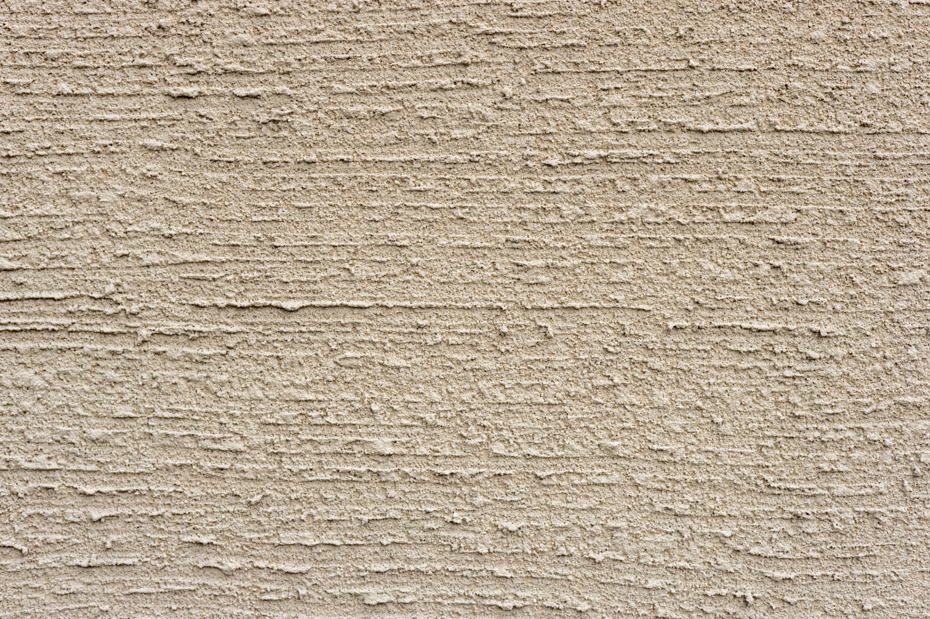Ensuring the constant quality of vegetable fibers
One of the major obstacles to the massive deployment of vegetal fibers is their variable quality, inherent to biological materials. The heterogeneity of molecular structures, which depends on climatic parameters during plant cultivation, leads to a fluctuation in fiber properties that is reflected in the final material. However, this variability is not adapted to the current regulatory marketing authorization processes designed for standardized materials, nor to the expectations of end customers who are used to a similar quality between identical products. One of the current solutions is blending vegetable fibers with other fibers, which are usually synthetic.
Adapting transformation processes to the properties of vegetable fibers
Today, vegetable fibers cannot be always integrated into the industrial processes. Extrusion, injection molding and compression molding are the main current modes of fiber transformation and require a temperature ranging from 180°C to 220°C. However, hemp fibers, for example, start to degrade at 160°C, which limits their use.
On the other hand, the brown color of some natural fibers hinders their use in applications where aesthetics is a key criterion. An additional decolorization step is then necessary, making the transformation processes even more complex.
Developing new resins and functionalization techniques for vegetable fiber materials
Another obstacle to the massive use of vegetable fibers in materials is their incompatibility with the main synthetic matrices used in industry, due to the polarity of the polymers that make them up. In the case of an unsuitable matrix, vegetable fibers can absorb up to 130% of their dry mass in resin. This leads to an additional cost, a degradation of the material properties and a heavier final product. Functionalization techniques, i.e. the addition of chemical groups modifying the surface properties of the fibers, and the development of new, more suitable resins are the main solutions for removing this obstacle.
New resins will also allow to raise the mechanical properties currently achievable by biocomposites. Today, their tensile strength does not exceed 2000 MPa and the maximum Young’s modulus is 85 GPa, compared to 7000 MPa and 900 GPa respectively for carbon fibers. These characteristics limit their use in applications requiring high performance composites, such as structural composites for aircraft.
Learn more about our exeperience in the field of biobased materials >
Further develop local production channels for vegetable fiber materials
Vegetable fiber materials are particularly sought after for their lower carbon footprint than conventional materials. Indeed, the production of car composites based on vegetable fibers emits up to 85% less CO2 than when using carbon fibers. This is due to the storage of carbon by the raw material – the plant – during its growth phase and the recyclability properties of the resulting biocomposite.
However, while France is known for its flax and industrial hemp, of which it is the world leader, other vegetable fibers, such as burlap and kenaf, are mainly sourced from Bangladesh and Africa. The resulting long-distance transport greatly increases the carbon footprint of the product and leads to higher prices.
In composites, vegetable fibers are mainly used to replace glass fibers, due to their generally higher specific Young’s modulus and lower density. However, the annual volumes of natural fibers (in the order of several thousand tons) are still much lower than those of glass fibers (more than one billion tons), which testifies the insufficiency of the current production to massify the use of vegetable fiber materials.
With their numerous assets, vegetable fibers have a strong potential to conquer markets. However, the variable quality of natural fibers, the lack of maturity of the transformation processes, the scarcity of local production channels and the low volumes produced still lead to additional costs on the final products which remain hardly acceptable. The R&D remains the main lever for removing these barriers to the deployment of vegetable fiber materials. Our team at Alcimed can support you to reach markets, in particular through the search for partners and the definition of strategic positioning!
About the author,
Elody, Consultant in Alcimed’s Innovation and Public Policy team in France



